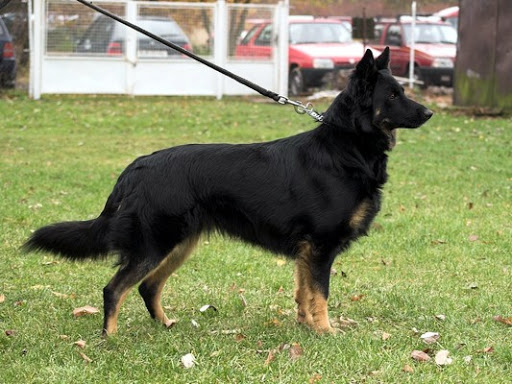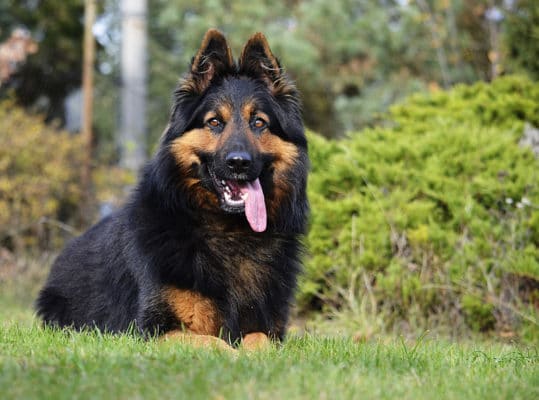Bohemian Shepherd
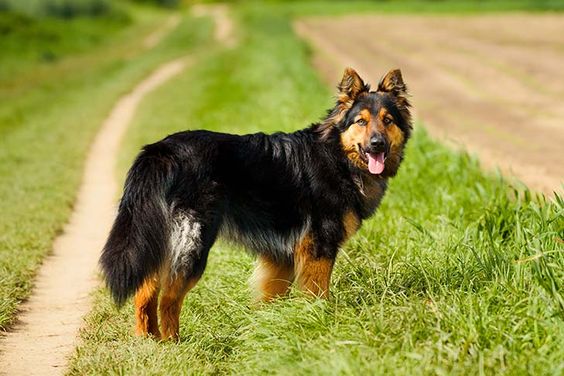
The Bohemian Shepherd is known for being calmer and friendlier than its cousin, the German Shepherd. It tends to get along well with children when trained from an early age. They are closely related to their owner, warm and open, and show great affection. But this close dependence on people indicates a tendency to long for separation when left alone for long periods. Therefore, excessive reliance should not be encouraged.
Table of Contents
Breed Information
| Another Name | Chodský pes, Czech Sheepdog, Bohemian Herder, Chodenhund |
| Origin | Czech Republic |
| Height | Males 52-55 cm Females 49-52 cm |
| Weight | Males 18-25 kg Females 17-23 kg |
| Fur | Thick, long, with an undercoat |
| Color | Black with red tinges |
| Lifespan | 12-14 years |
| FCI Classification | Sheepdogs and Cattledogs (except Swiss Cattledogs) |
| Group | Dogs for children, dogs for protection |
| Price | From $300 |
Breed Photos
Origin History
The Bohemian Shepherd is considered much less recognizable than its cousins, the German Shepherd and the Belgian Shepherd. It has been around for many hundreds of years, starting in the 14th century in the Czech Republic. Many believe that it is one of the predecessors of the German Shepherd.
Interestingly, the Bohemian Shepherd accompanied police officers when patrolling the borders of Bohemia. The number of Czech shepherd dogs declined dramatically during World War II. Fortunately, they survived the awakening in the Czech Republic and are no longer in danger of extinction.
Despite the promising early development of the Bohemian Shepherd, it was not until 1984 that a breeding program was officially initiated. Although called a shepherd dog, it is a versatile breed. It also stands out as a guard dog, a pet, thanks to its superior sense of smell, as a search and rescue dog. The Bohemian Shepherd is a scarce breed and, therefore, difficult to acquire today.
Appearance
The Bohemian Shepherd bears an uncanny resemblance to the German Shepherd, although it is somewhat smaller and usually wears a long coat. The ears stand upright in a triangle shape and should appear small relative to the dog’s size. The eyes are almond-shaped with an obedient expression and are always brown. The muzzle is darkly pigmented, like the lips and nose. The body is oval and of correct proportions. The tail is densely covered with fur.
Such a dog’s coat is quite thick, which allows it to withstand the harsh winters outside and reach a length of 10-12 cm. Although the coat is black and brown, it is the black color that should form the basis and be the most dominant pigment. Females are 49 to 52 cm tall, while males are slightly taller at 52 to 55 cm. Weight is proportional to their height but usually reaches about 16 to 25 kg. They have a distinctive gait, and their movements are smooth and elegant.
Character
The Bohemian Shepherd is known for being calmer and friendlier than its cousin, the German Shepherd. It tends to get along well with children when trained from an early age. They are closely related to their owner, warm and open, and show great affection. But this close dependence on people indicates a tendency to long for separation when left alone for long periods. Therefore, excessive reliance should not be encouraged.
They have the makings of a guard dog, so the breed will be wary of strangers, acting reserved in their presence. To avoid hostility or aggression, early socialization will be critical.
Young children should not be left in the care of Czech Shepherd Dogs. The instincts of the shepherd dog are sometimes superior. Unlike many similar breeds, the Bohemian Shepherd has a relatively good reputation among other dogs.
Care
This breed requires special care because of its thick and long hair. It needs regular brushing several times a week. A metal brush should be used to remove loose fur and prevent the formation of tangles.
As with all dogs, regular ear checks, teeth brushing, and claw trimming are recommended. Habits should be introduced from an early age to avoid aversion to them.
Training
The Bohemian Shepherd is by nature a working dog. It has an excellent work ethic and an impressive tolerance for exercise. For the non-working Czech Shepherd Dog, this means that it needs at least an hour of quality exercise every day, such as a brisk walk.
It is not recommended to keep the breed in a confined space. If the dog does not get enough exercise, it will lead to undesirable behavior. For him to behave calmly during the day, you need to provide him with physical activities.
Common Diseases
The Bohemian Shepherd is at risk of suffering from certain diseases. These are mainly bone and joint problems, gastrointestinal disorders, and sensory problems. For example:
- hip dysplasia;
- elbow dysplasia;
- bloating;
- eye disease.
Nutrition
A dog requires a balanced diet to maintain its energy level. High-quality dog food is a must. It can be combined with natural food.
 Austrian Pinscher
Austrian Pinscher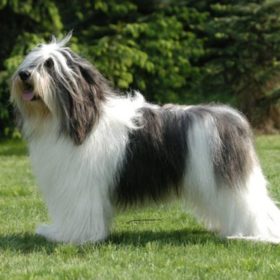 Polish Lowland Sheepdog
Polish Lowland Sheepdog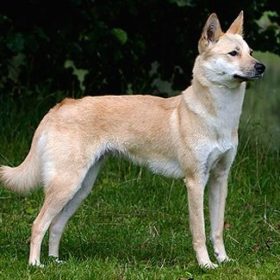 Korean Jindo
Korean Jindo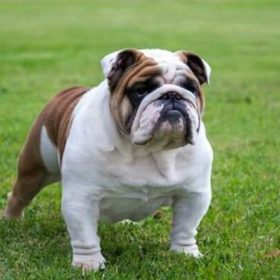 Bulldog
Bulldog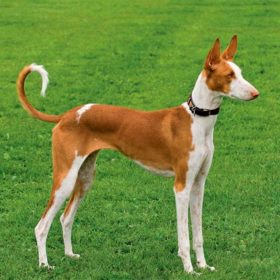 Podenco Canario
Podenco Canario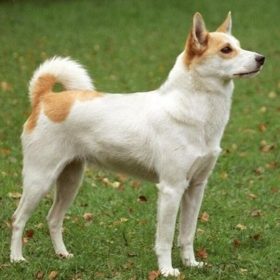 Norrbottenspets
Norrbottenspets